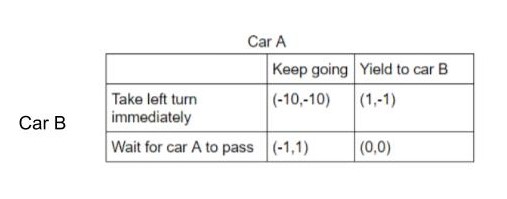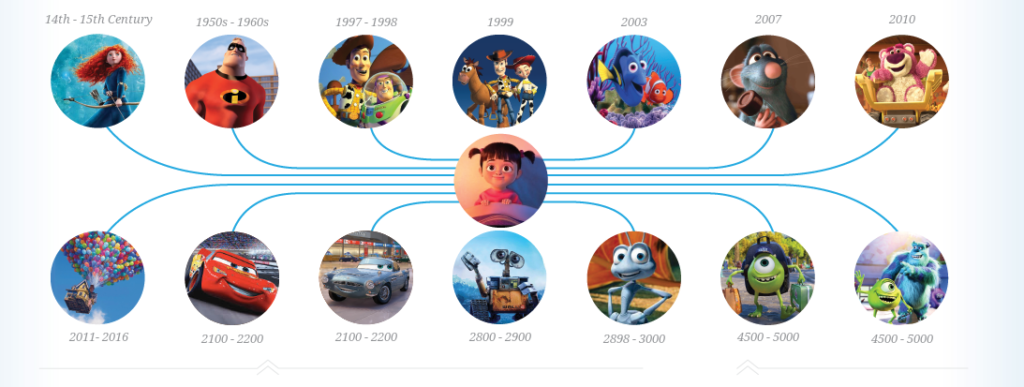Autonomous vehicles have been on the rise from the initial self-parking technology to Tesla and their autopilot mode. Much of this relates to game theory through the choices the AI makes where the AI will assess it’s options and the risk each one has to determine to optimal route to take while ensuring the safety of the driver. An example scenario would be when taking an unprotected left turn, there are two cars, Car B is taking the left turn will Car A is in the opposite lane. If Car A were to keep going then Car B would have to wait until car A passed or risk getting into a car crash with Car B.

Much like how body language can tell you a lot about what a person is thinking and feeling, the way a person drives can also tell a lot about a driver’s attitude. This can be seen from MIT which has released news about heir new AI that observes the driving habits of others on the road to analyze their “driving egotism” so that the AI will know if it should be more assertive or altruistic. This new AI will help to further evolve self-driving cars as they won’t just be reacting to the actions that other drivers are currently taking but also predicting their future actions to determine the best outcome for everyone involved.

The example above shows how the AI will react to two different types of drivers. When facing an egoistic driver like the one from above the AI will choose to wait after choosing the more altruistic option; whereas, when facing a prosocial driver the AI notices that the other driver is slowing down and decides to take the more assertive approach by turning before the other driver passes. This will make the AI appear more human as it will be able to understand the behaviours of other drivers and react accordingly. This is just one of the many scenarios that the AI may have to compute, and with increasing exposure to new scenarios, there will be an improvement to the AI as it will be able to theorize new outcomes thus improving its performance.


